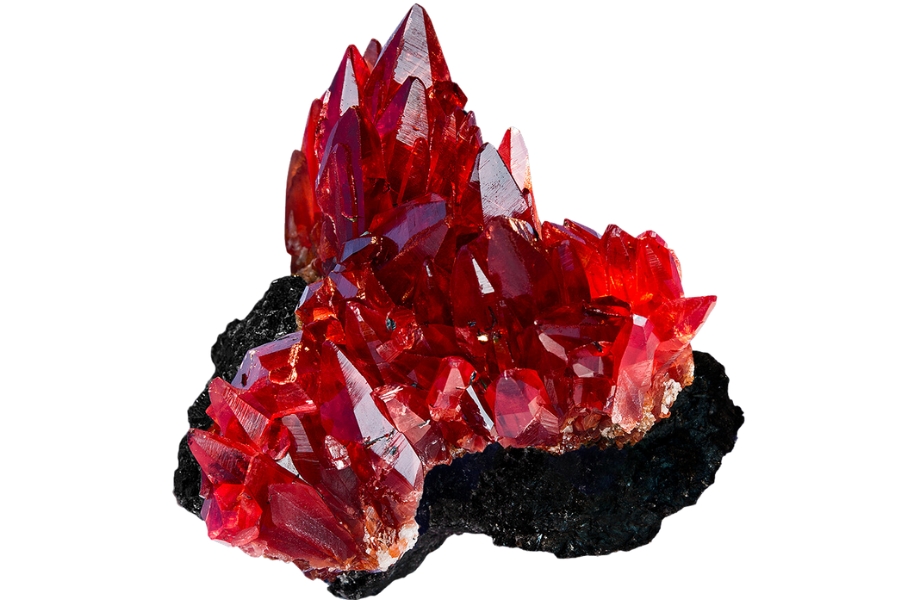Finding crystals can be a rewarding adventure, offering a unique way to explore the natural beauty and geology of the region. Whether you’re a seasoned rockhound or just getting started, knowing where to look is key to uncovering these hidden treasures.
In this state, a variety of locations provide opportunities to discover different types of crystals. From rocky outcrops in the mountains to stream beds that carry sparkling surprises, each area offers its own unique finds for those willing to search.
We can help you get started with some places you can explore for crystals below!
Crystals you can find in the US
The United States offers a wide range of crystals that reflect its diverse geology. From vibrant gems to more subtle mineral formations, there’s something to discover in nearly every region.
Calcite
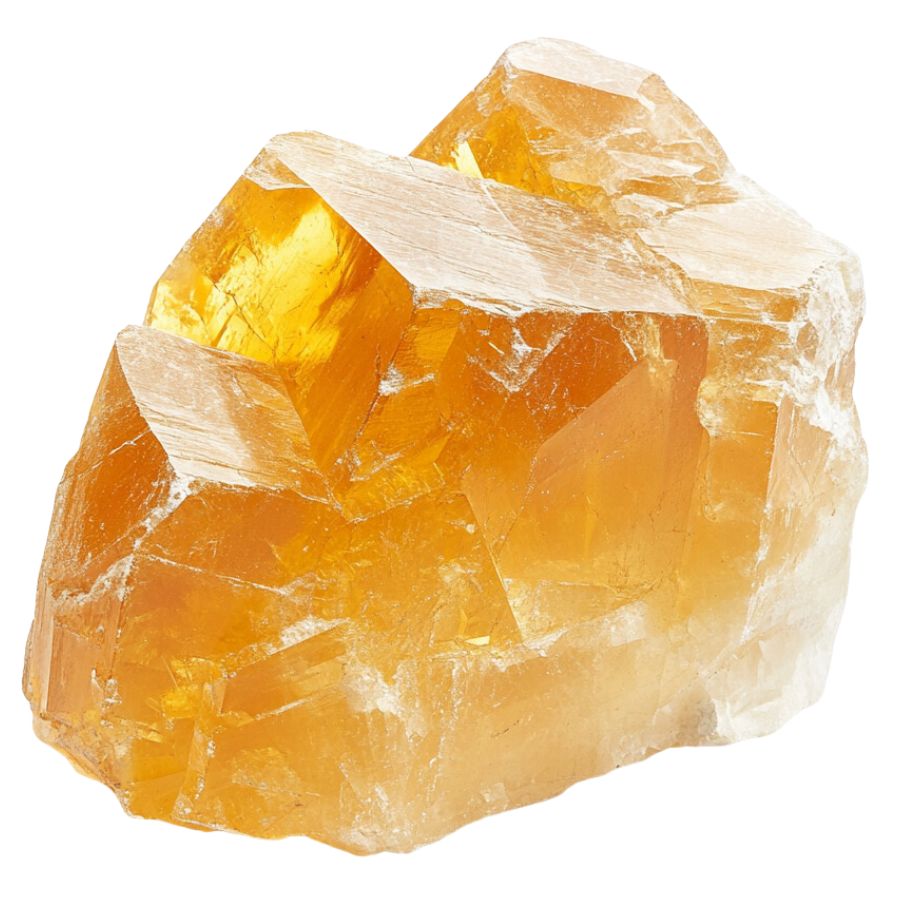
With a variety of forms and a unique property of double refraction, calcite allows objects viewed through the crystal to appear doubled. This mineral can appear in a spectrum of colors, with pure forms typically being transparent or white.
In addition, calcite reacts vigorously with acids, which aids in distinguishing it from other minerals. It also frequently contributes to the structure of sedimentary rocks such as limestone.
Gypsum
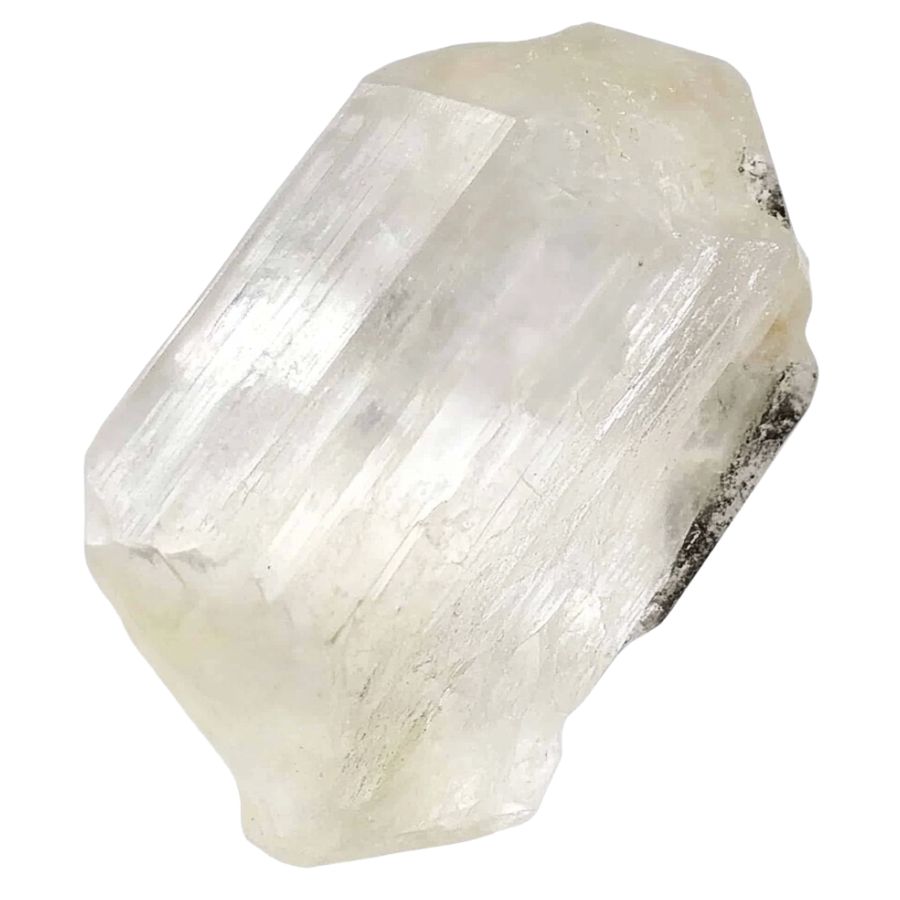
Gypsum’s notable softness allows it to be easily scratched with just a fingernail, often presenting as white or very light-colored in its pure form.
It manifests in both crystalline forms, like selenite, and massive forms such as alabaster, making it versatile in use and appearance.
Gypsum is also essential in the construction industry and is a key component in the manufacture of plaster and drywall.
Fluorite
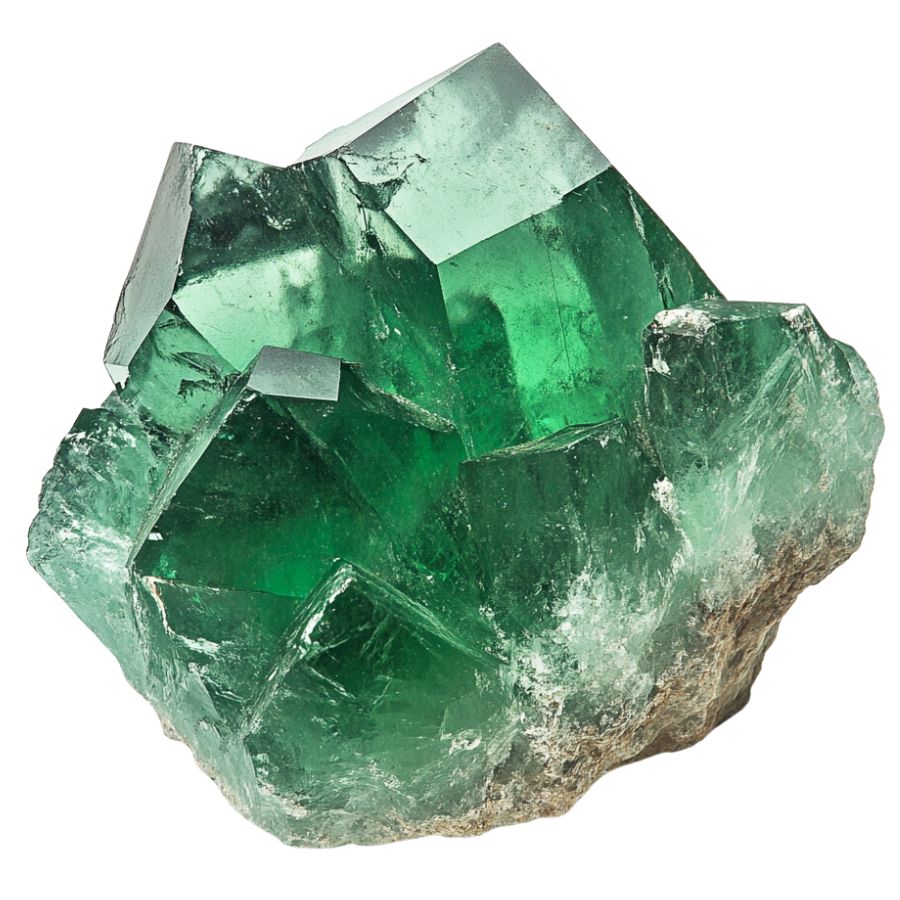
Fluorite comes in a wide range of vibrant colors, including purples, greens, blues, and yellows, and is known for forming in well-defined cubic crystals.
Beyond this, fluorite exhibits fluorescence under ultraviolet light! It can also be used in various industrial applications, including as a flux in steelmaking.
Galena
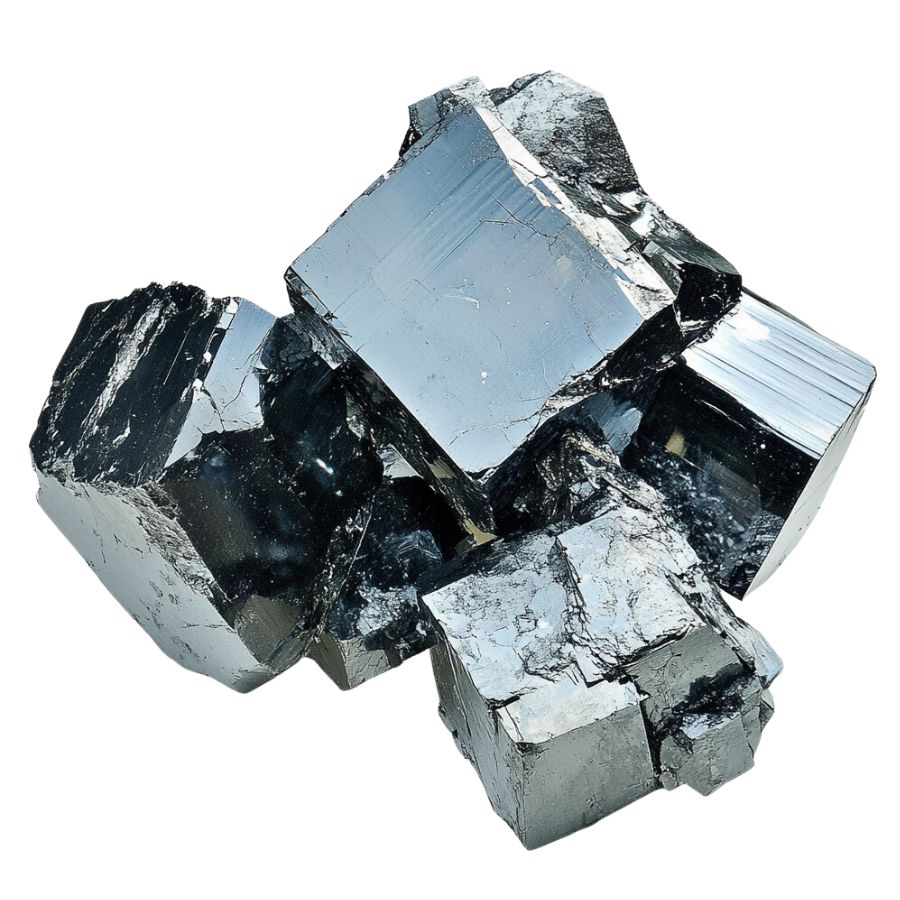
Galena distinguishes itself with a metallic luster and high density, typically found in a cube-like form. It serves as the primary ore of lead, making it important in the metal industry, while its shiny, silver color attracts collectors.
Not only does its appearance make it a subject of interest, but its weight and texture provide tangible lessons in mineral density and metallic properties. Galena also often contains traces of silver, adding to its commercial and educational value.
Corundum
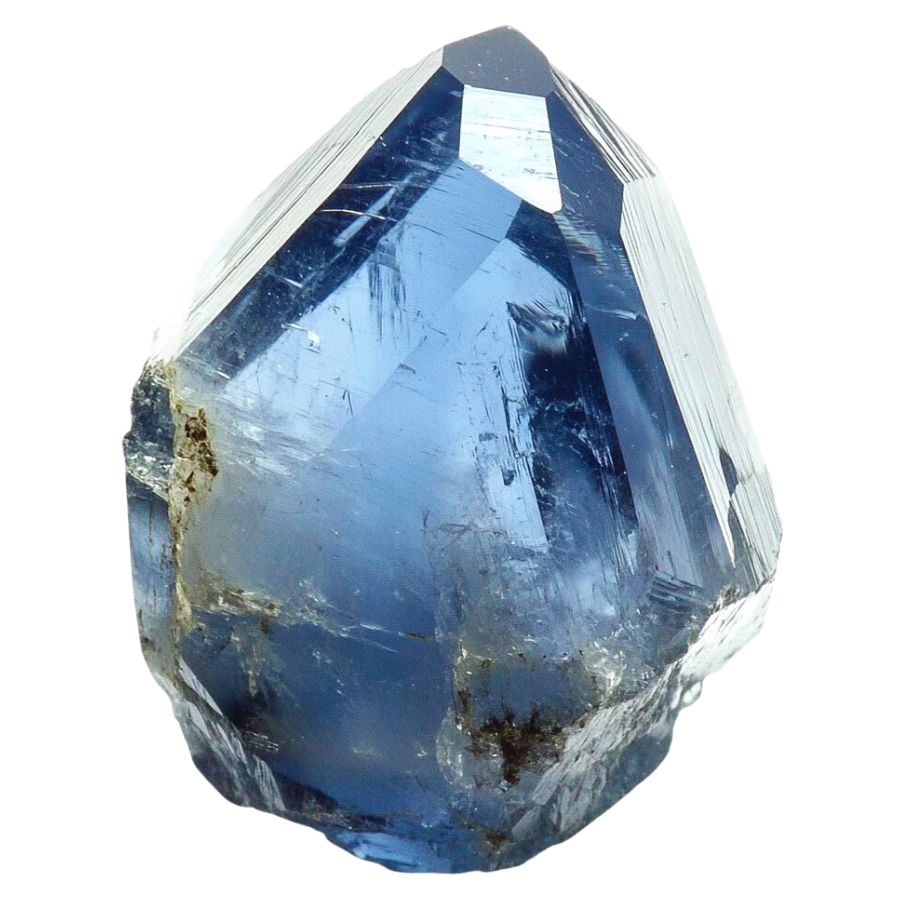
Corundum is a mineral that comes in a variety of colors, though it is typically transparent or gray. Its most famous forms are sapphires and rubies, which are prized for their vibrant blue and red hues.
The mineral is known for its remarkable hardness, ranking just below diamond on the Mohs scale. This durability makes corundum ideal for industrial abrasives and cutting tools, as well as a popular choice for fine jewelry.
Quartz
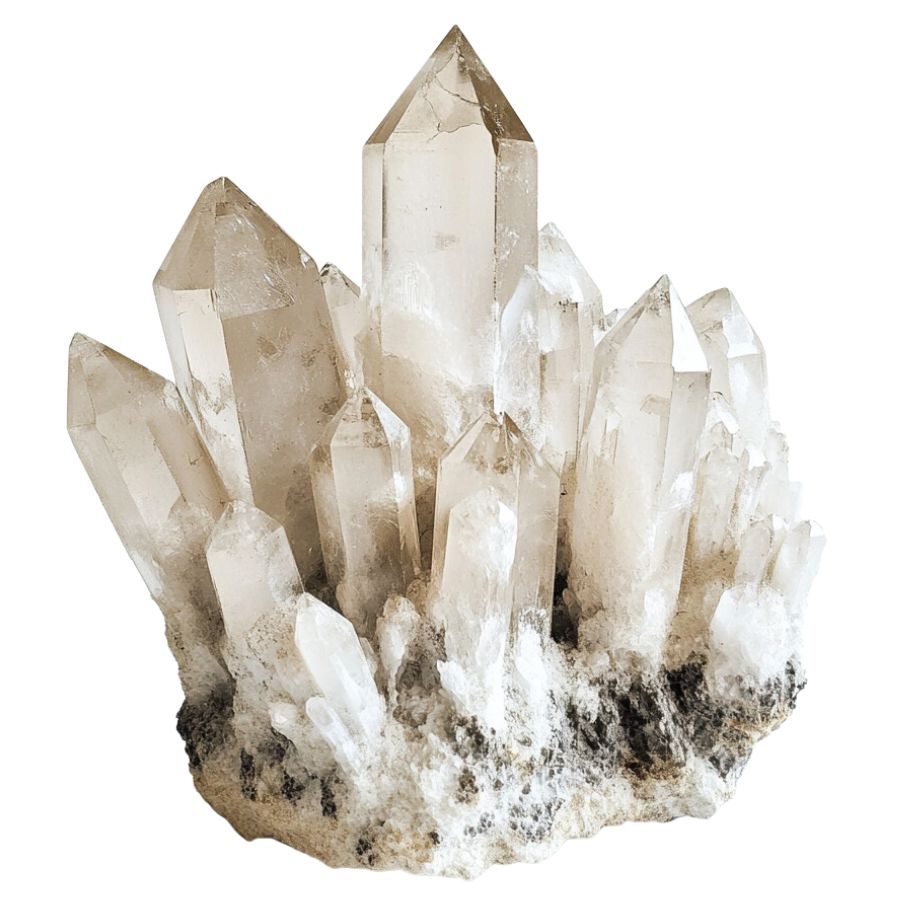
Quartz is among the most common minerals in the Earth’s crust and is prized for its durability and variety. It forms in a wide range of colors and types, from clear rock crystal to purple amethyst.
The mineral is notable for its hardness and durability, which contribute to its use in a variety of applications. Quartz is also popular in the manufacturing of electronics and watches due to its piezoelectric properties, which allow it to convert mechanical pressure into electrical energy.
Pyrite
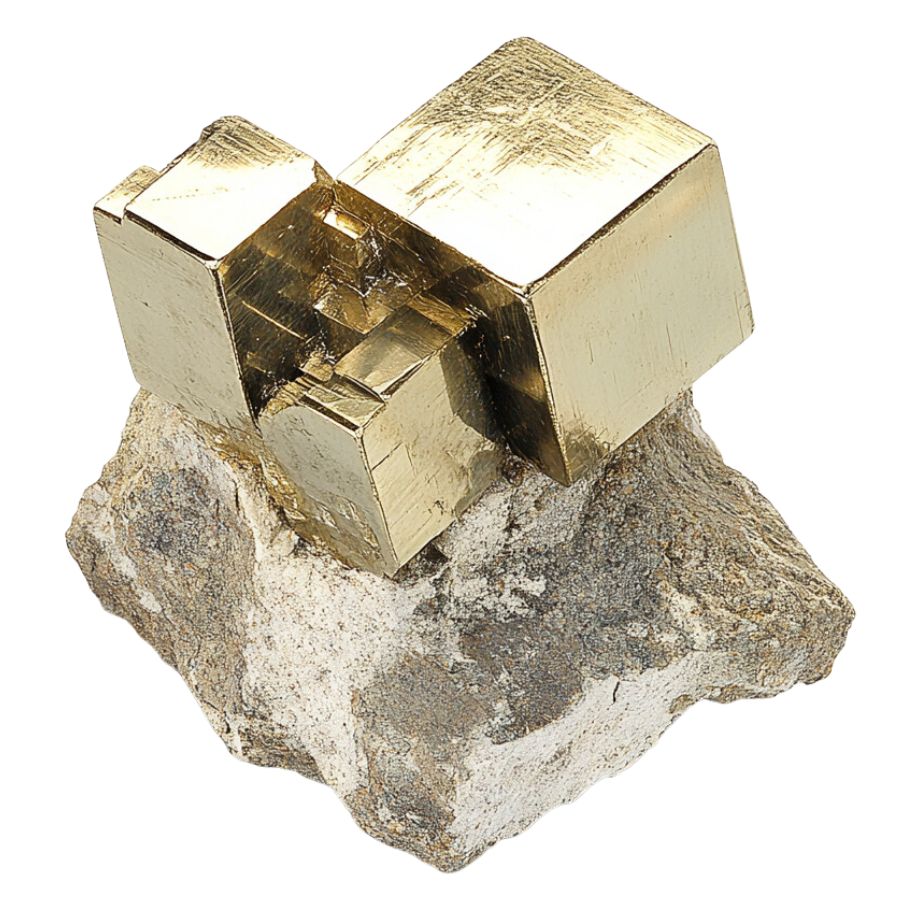
Often mistaken for gold due to its metallic luster and pale brass-yellow hue, pyrite is known colloquially as “fool’s gold.” Its characteristic cube-shaped crystal formations look man-made but are actually completely naturally formed!
Pyrite also has historical importance in producing sulfur dioxide for sulfuric acid production.
Rhodochrosite
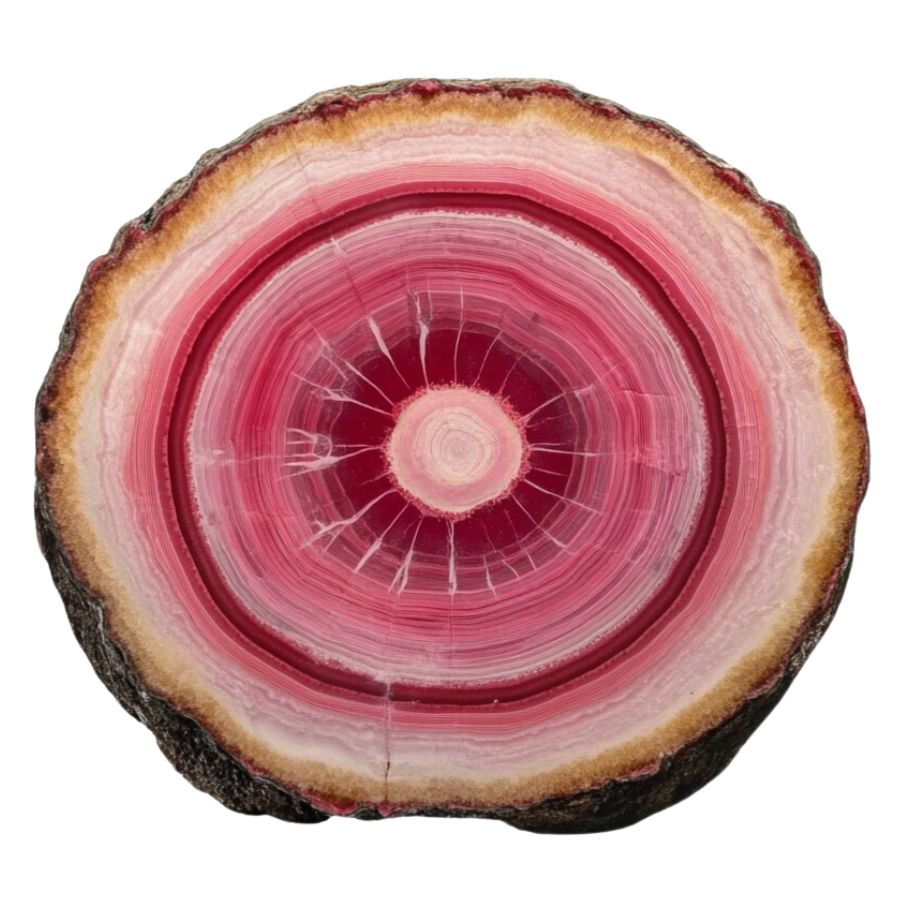
Rhodochrosite stands out with its rich pink and red hues, making it highly desirable as both a mineral specimen and a gemstone.
It typically forms in layered or stalactitic structures, with bands of colors that showcase how it grew over millions of years.
Beyond its beauty, rhodochrosite is significant as the main source of manganese, an essential element used in metal alloys.
Rhodonite
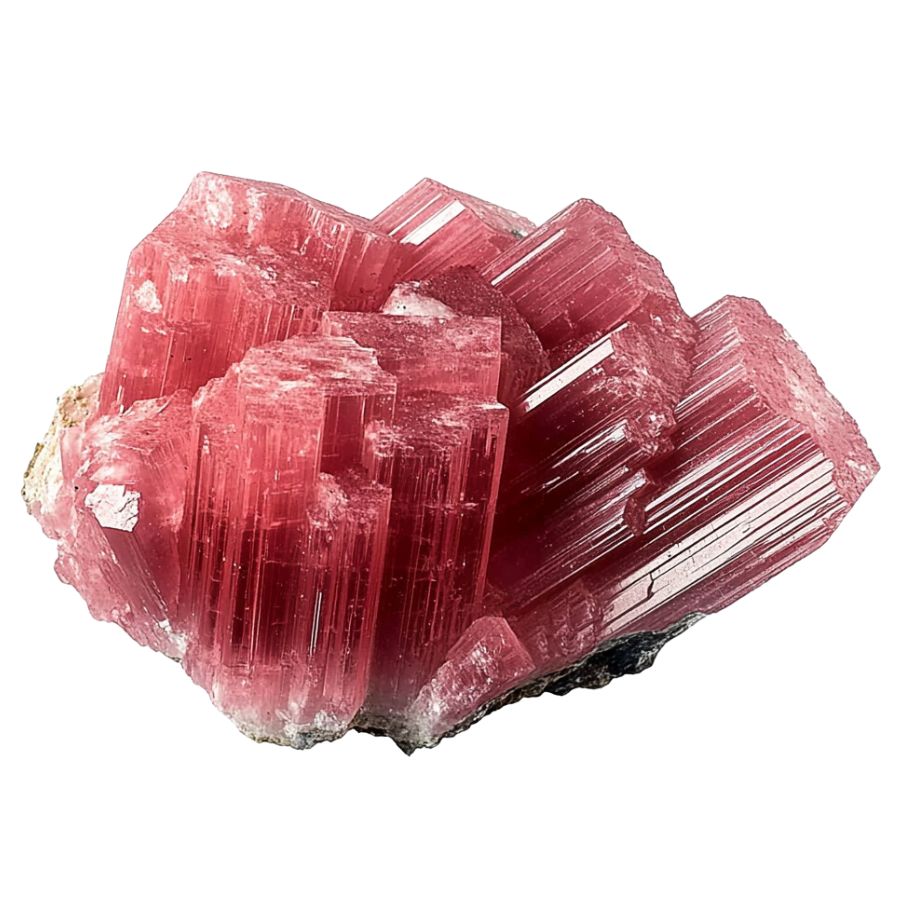
Appreciated for its deep pinks and reds, often complemented by black manganese oxide veins, rhodonite presents a dramatic appearance. It is typically found in metamorphic rocks and is used both as an ornamental stone and in jewelry.
In geology, rhodonite is significant for its role in metamorphic processes and its association with other manganese-rich minerals. It can be found in metamorphosed sedimentary rocks and is sometimes used as an indicator of the presence of manganese deposits.
Vivianite
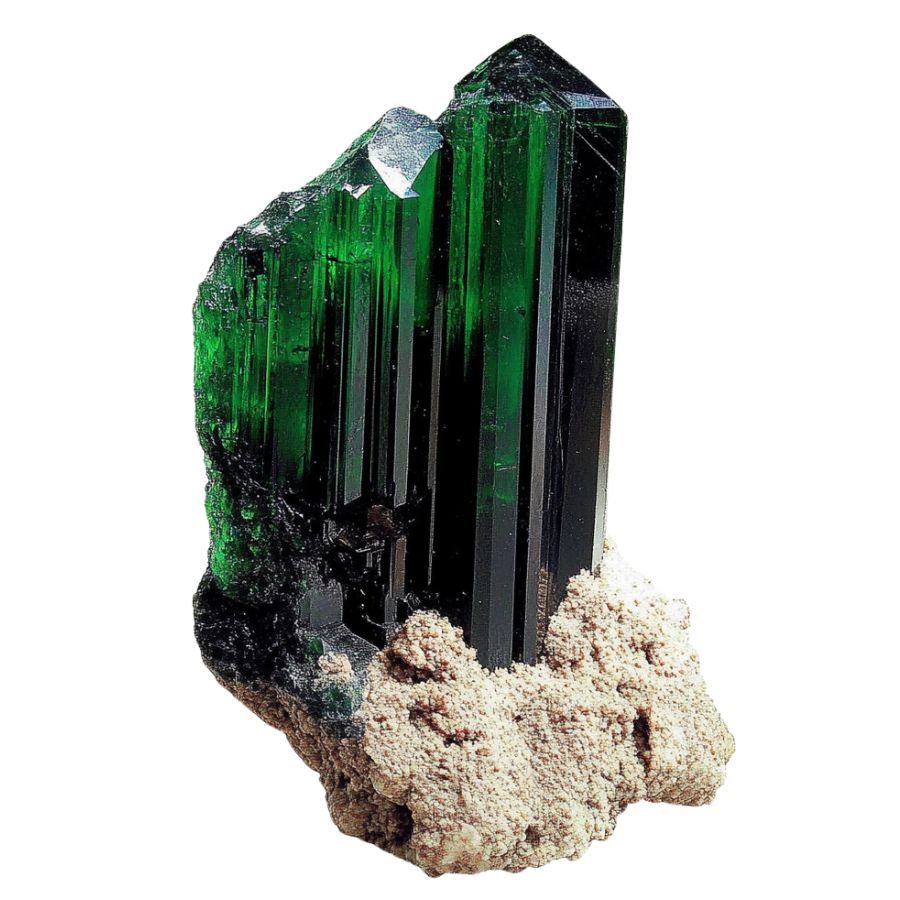
Vivianite, an iron phosphate mineral, emerges in low-oxygen environments like peat bogs or iron-rich deposits. Its striking blue to green color, which can change to a lighter shade over time due to oxidation, makes it a distinctive mineral.
Found in various geological settings, vivianite provides clues about the local conditions and the presence of phosphate deposits.
The Types of Crystals We Found
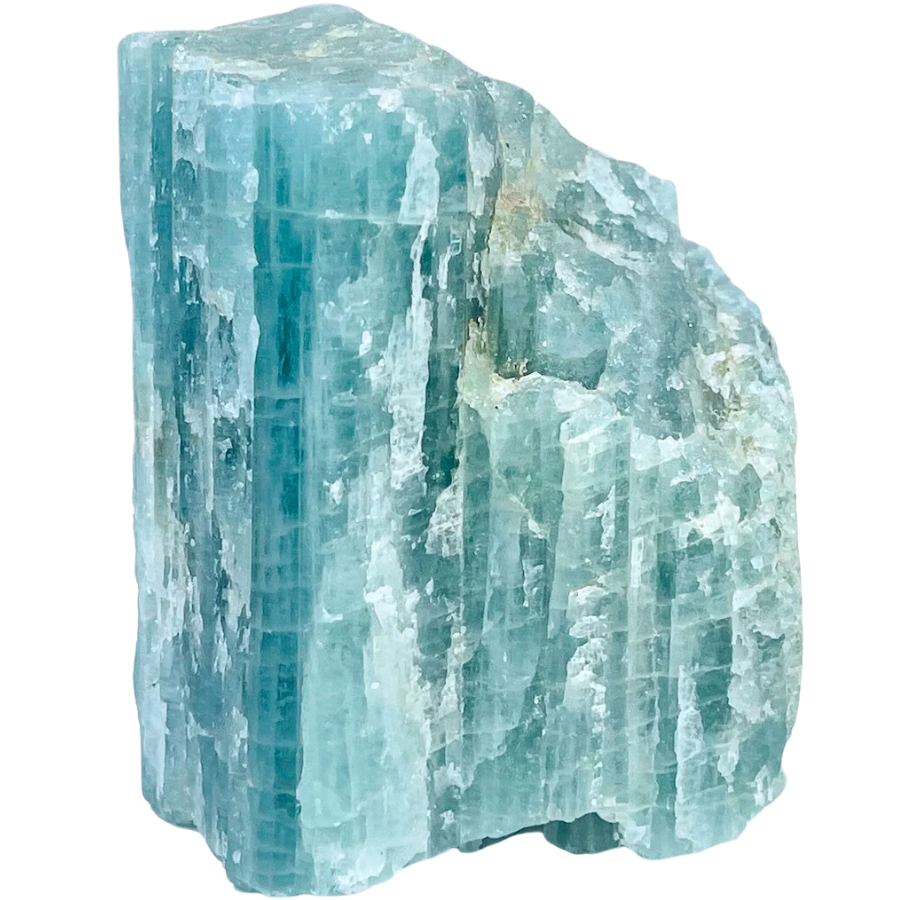
The rich and diverse deposits of different crystals make rockhounding in North Carolina worth it. Below are some of the rare and common crystals you might encounter here:
Rare crystals found in North Carolina
- Amazonite
- Chrysocolla
- Chrysoprase
- Emerald
- Fluorite
- Hiddenite
- Lepidolite
- Opal
- Rhodochrosite
- Ruby
- Sunstone
- Unakite
More common crystals found here
- Agate
- Amethyst
- Apatite
- Aquamarine
- Azurite
- Beryl
- Black Tourmaline
- Calcite
- Galena
- Garnet
- Jasper
- Kyanite
- Malachite
- Moonstone
- Muscovite
- Petrified wood or fossils
- Pyrite
- Quartz
- Serpentine
What rough crystals look like
When you’re out looking for crystals on your own it’s important to know what you’re looking for. This is what you need to look out for:
Look for exteriors like this
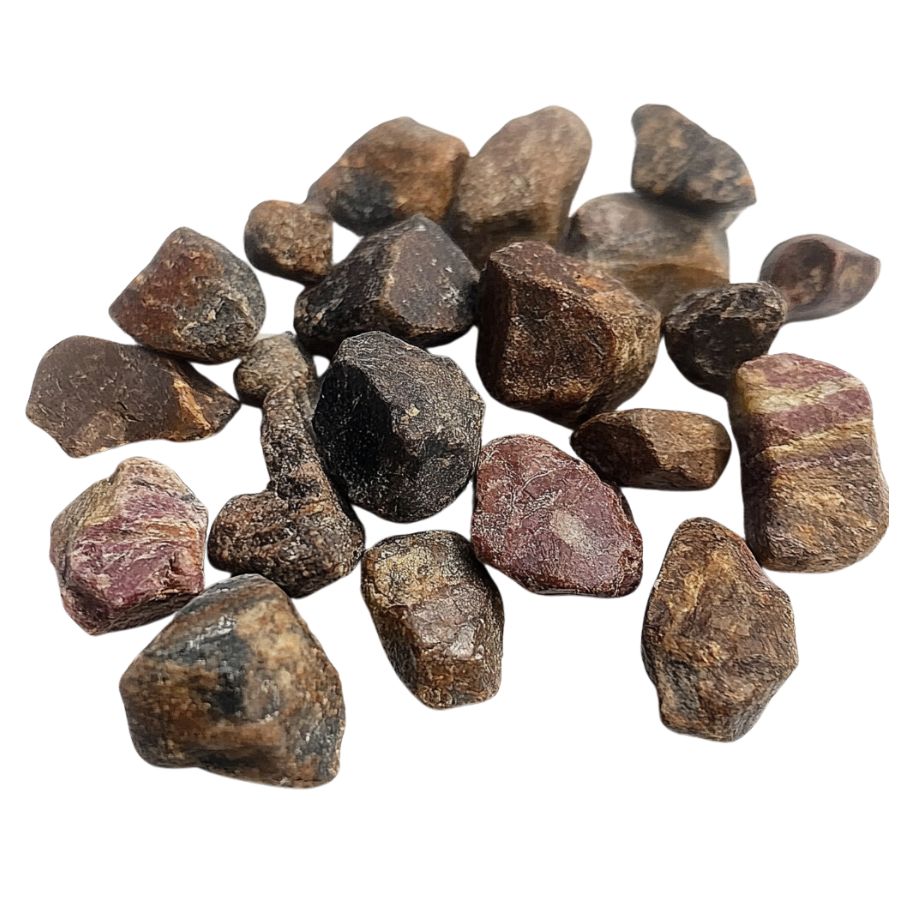
When you’re out searching for crystals in the wild, it’s essential to keep in mind that what you find won’t look like the polished stones you see in stores. One important tip is to consider what certain crystals look like in their raw, natural form.
Without the shine and smooth finish, crystals might appear rough, with jagged edges or earthy tones masking their true beauty. Understanding this can help you spot potential finds that might otherwise be overlooked.
Examine the crystal structure and shape
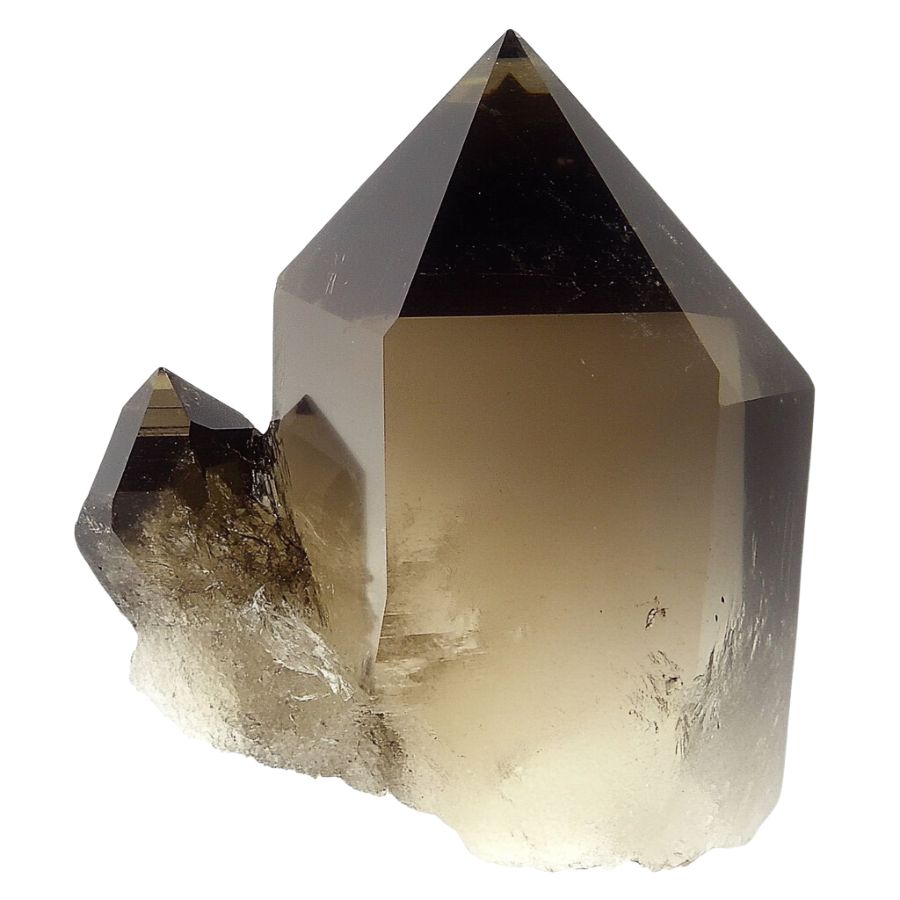
Crystals often form in specific geometric patterns that can be key to identifying them. For example, quartz is known for its hexagonal prisms, while halite typically forms cubic shapes.
By recognizing these distinct patterns, you can differentiate between various types of crystals and better understand what you’ve found.
Observe color
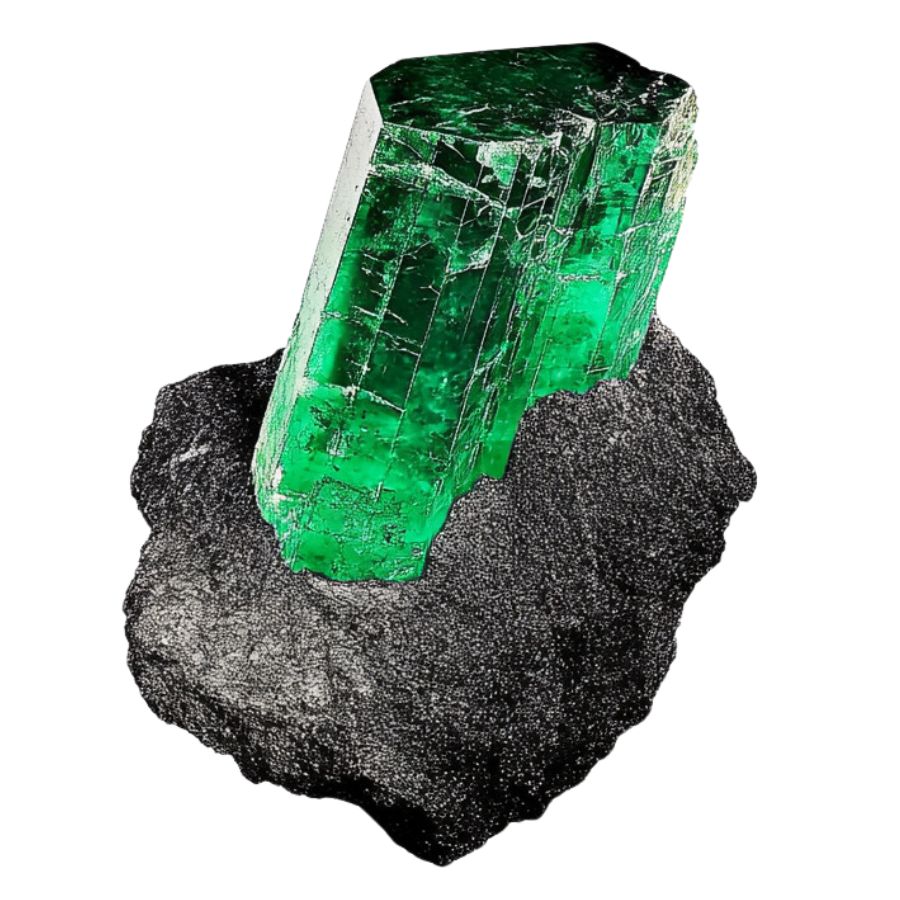
Some crystals are known for their distinct hues, like the deep purple of amethyst or the vibrant green of emerald. However, not all crystals will have strong colors; some may be clear or only slightly tinted.
Check the luster
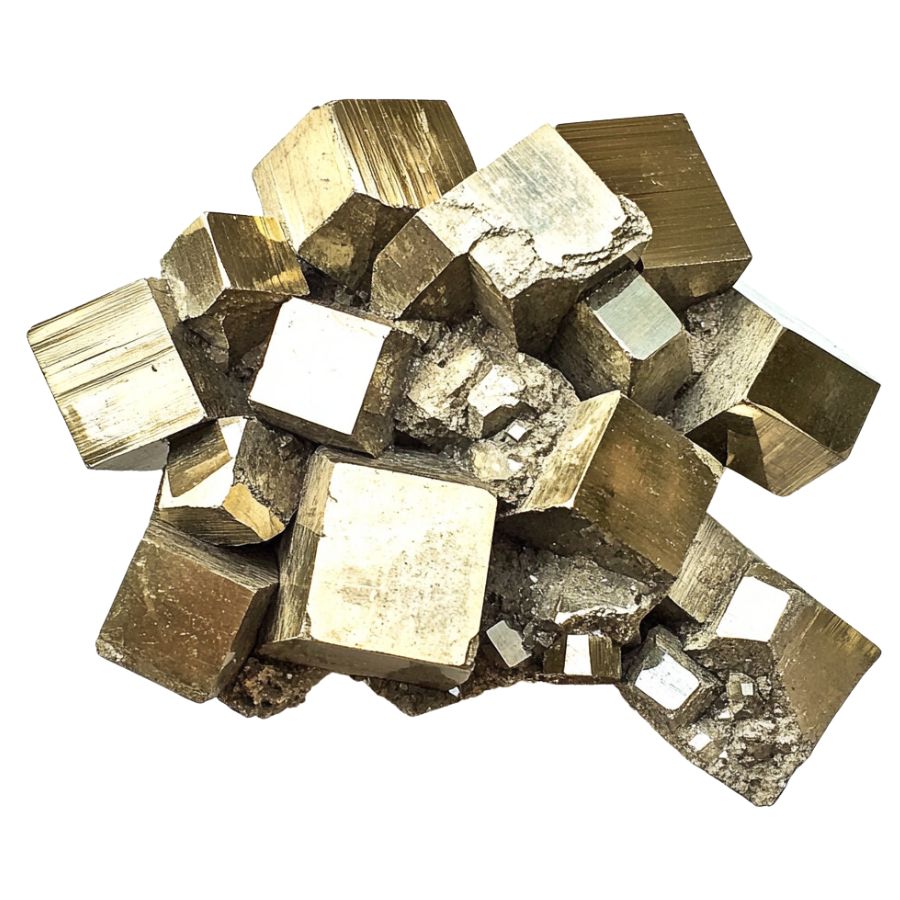
Luster refers to how a crystal’s surface interacts with light. Some crystals might have a shiny, glassy luster, while others may appear metallic or dull. This characteristic can help you determine the type of crystal you’ve found.
However, it’s important to remember that luster isn’t always obvious right away. In some cases, a crystal’s true luster will only become apparent after it’s been cleaned or polished, so keep this in mind as you examine your finds.
Evaluate the transparency
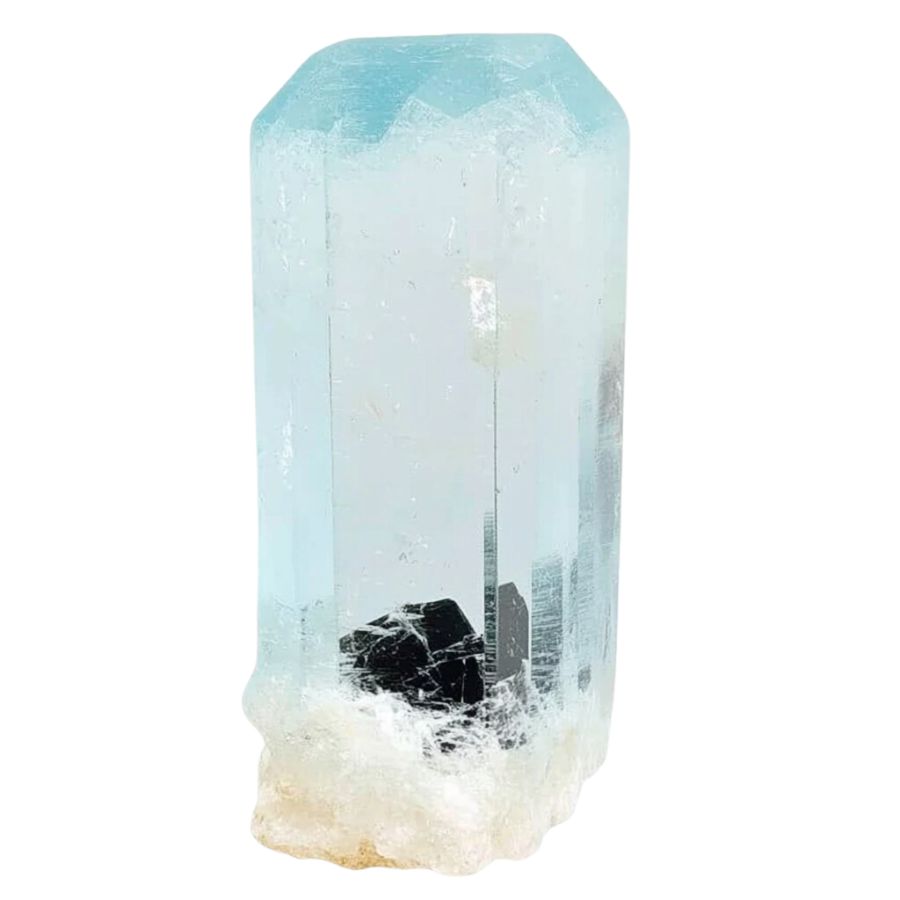
Pay close attention to how much light passes through the crystal. Some crystals are completely clear, allowing light to pass through easily, while others may be opaque and block light entirely.
You might also encounter crystals with translucent edges but opaque centers. These variations in transparency can offer valuable clues about the type of crystal you’ve found, making it easier to identify and appreciate your discovery.
A Quick Request About Collecting
Always Confirm Access and Collection Rules!
Before heading out to any of the locations on our list you need to confirm access requirements and collection rules for both public and private locations directly with the location. We haven’t personally verified every location and the access requirements and collection rules often change without notice.
Many of the locations we mention will not allow collecting but are still great places for those who love to find beautiful rocks and minerals in the wild without keeping them. We also can’t guarantee you will find anything in these locations since they are constantly changing.
Always get updated information directly from the source ahead of time to ensure responsible rockhounding. If you want even more current options it’s always a good idea to contact local rock and mineral clubs and groups
Tips on where to look
Having a better idea of where to look can greatly narrow down your search and increase your chances of finding crystals. By focusing on environments where crystals are likely to be exposed, you can spend less time searching and more time discovering.
Outcrops and Exposed Rock
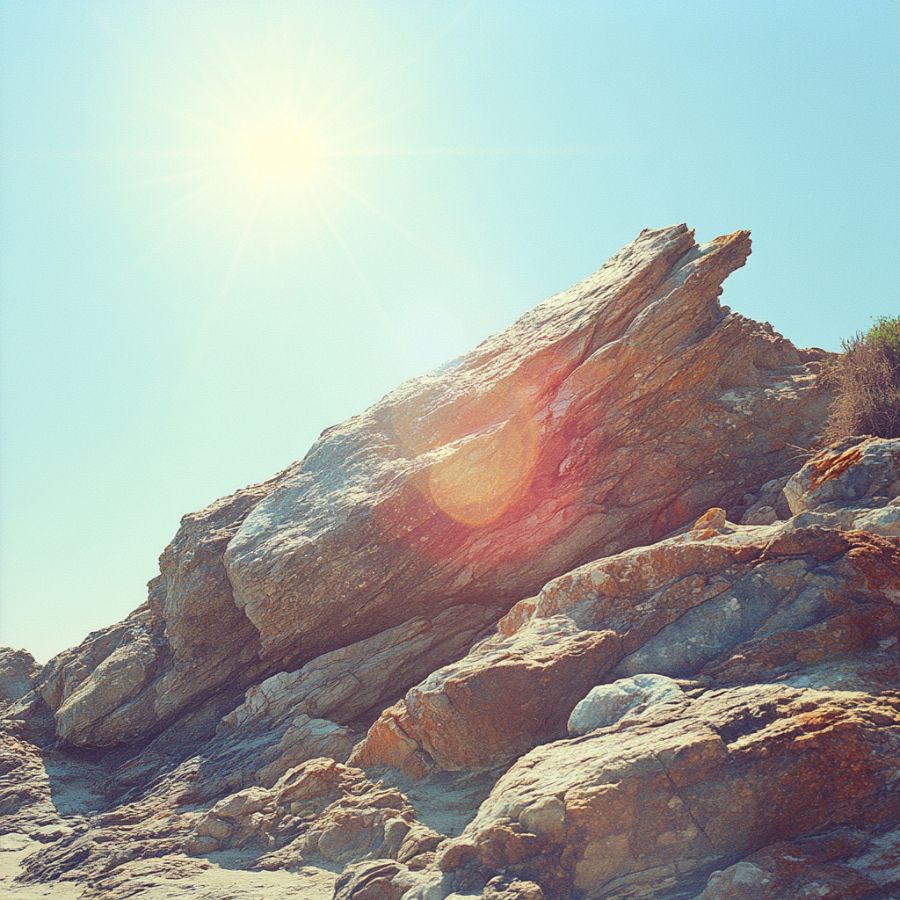
Rocky outcrops are prime locations for finding crystals and minerals. Search along the edges of outcrops, particularly where erosion has worn away the surrounding soil, revealing the rock underneath.
Pay close attention to any visible cracks, crevices, or small cavities within the outcrop, as these are often where crystals develop and can be extracted with minimal effort.
Stream Beds and Gravel Deposits
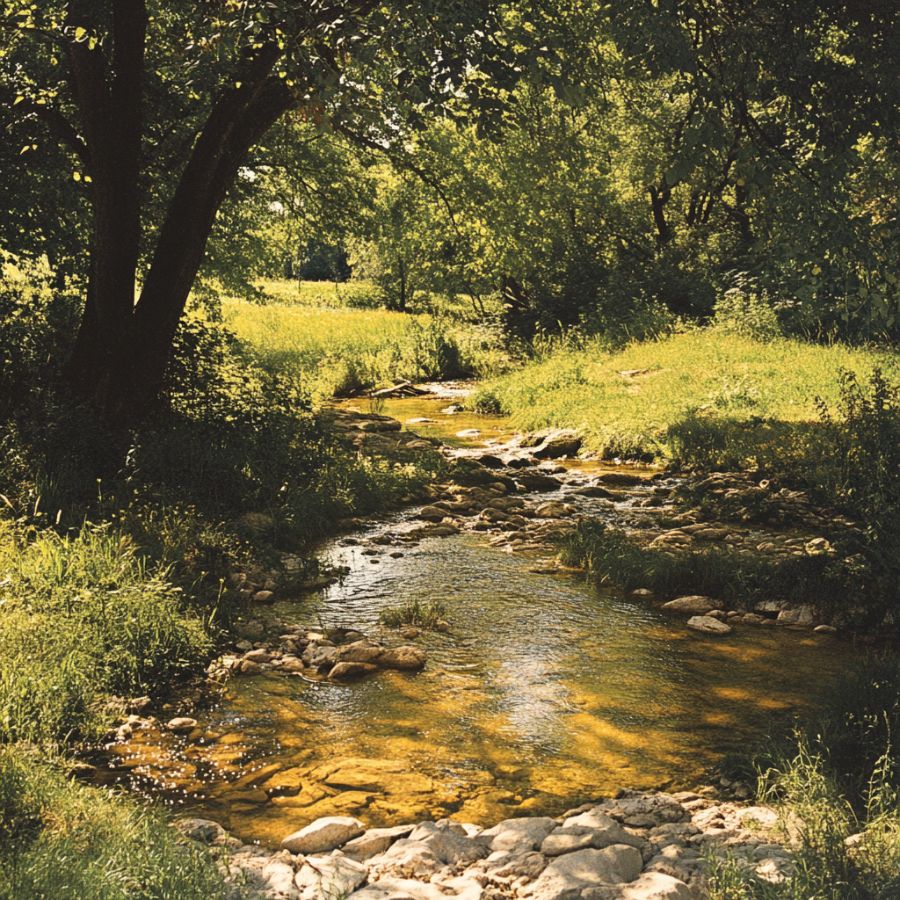
Stream beds are dynamic environments where water flow constantly shapes the landscape. Over time, water can erode rocks upstream, breaking them down and carrying mineral fragments, including crystals, downstream.
When searching in these areas, look for spots where the current has slowed, such as bends in the stream or areas behind large rocks, as these are prime locations for deposits.
Quarries and Mines
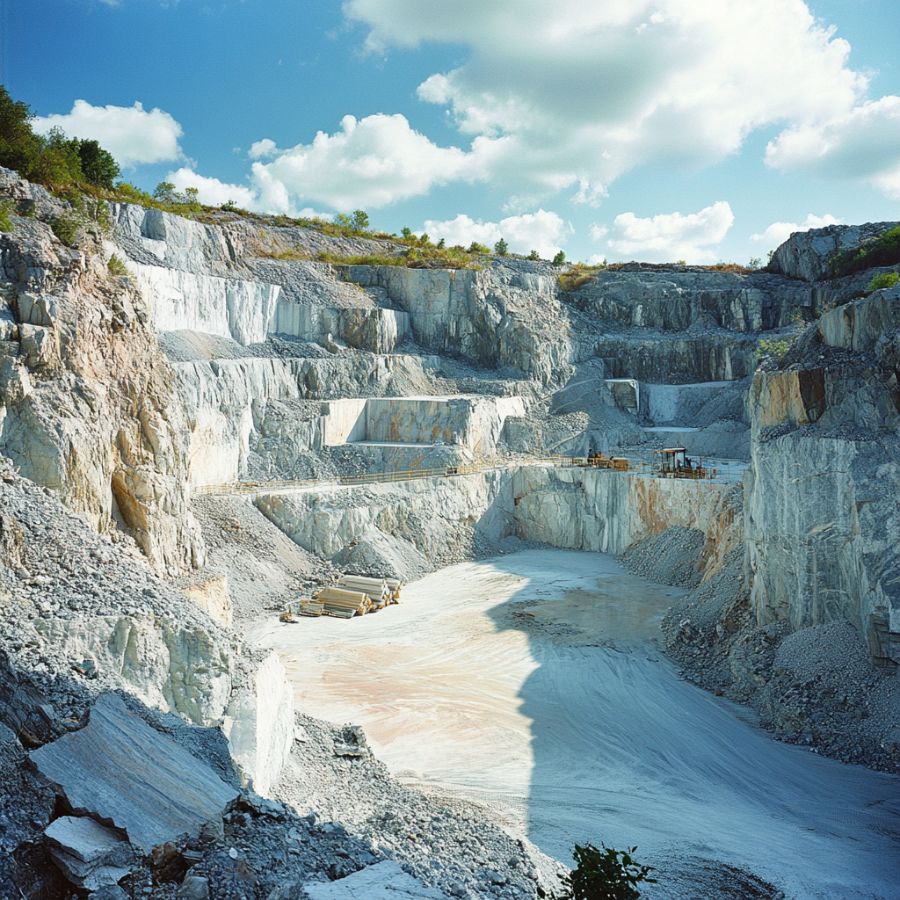
Quarries and mines are excellent places to search for crystals because they expose deep layers of rock that would otherwise be hidden beneath the surface. These sites often contain a variety of minerals and crystals that have been brought to the surface during excavation.
Pay attention to tailings piles, where waste rock is discarded, as they often contain overlooked or broken crystals. Always prioritize safety when exploring these areas and ensure that you have permission to search.
Road Cuts and Construction Sites
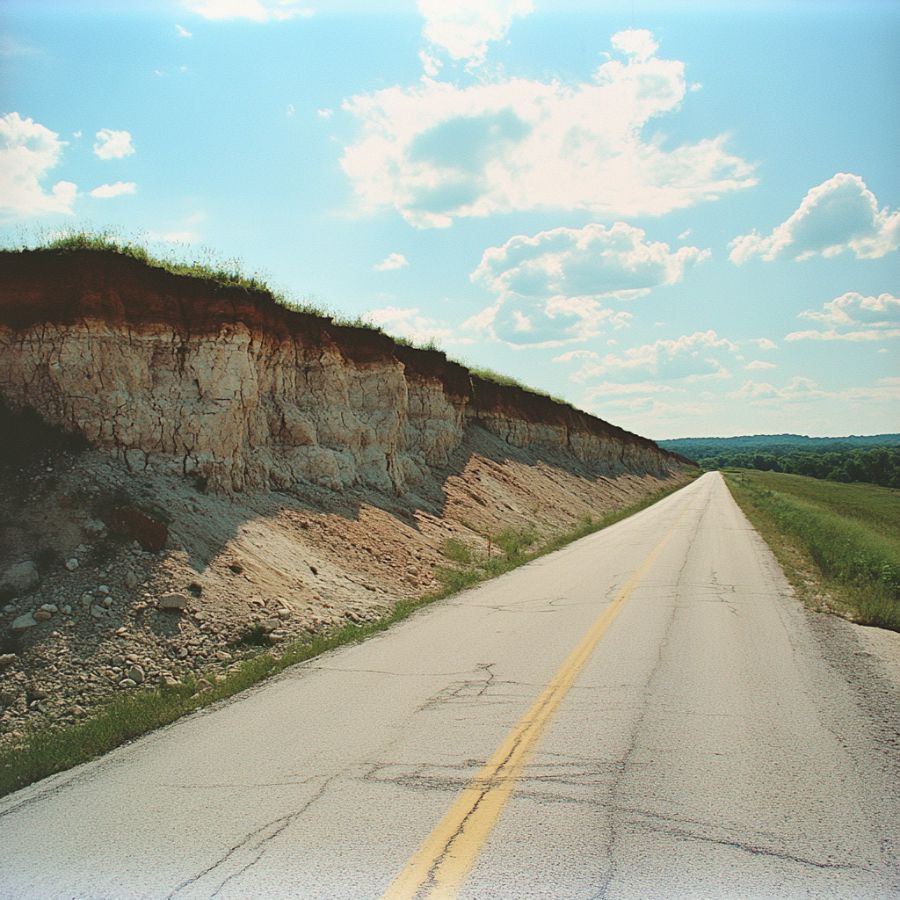
As roads are cut through hillsides or construction projects dig deep foundations, layers of rock and soil that have been undisturbed for millions of years are suddenly exposed.
Look for freshly exposed rock faces, especially where blasting has occurred, as this can create fissures or expose pockets filled with crystals. Be cautious around active construction sites, and always seek permission before exploring.
Mountainous Areas
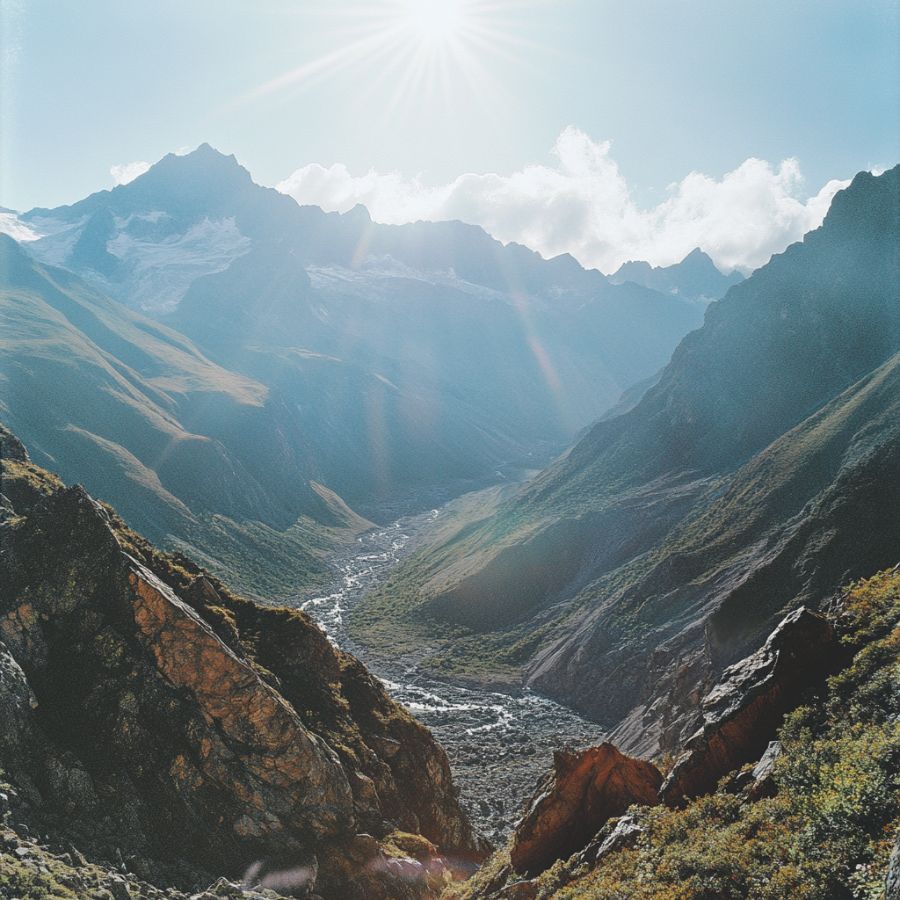
In mountainous regions, erosion caused by wind, rain, and ice can wear away the softer rock, exposing harder crystals that have formed within. Focus on weathered and broken rock formations.
Look for scree slopes, where loose rock has accumulated at the base of cliffs. Additionally, areas near fault lines or volcanic vents are particularly promising, as they often have a higher concentration of minerals.
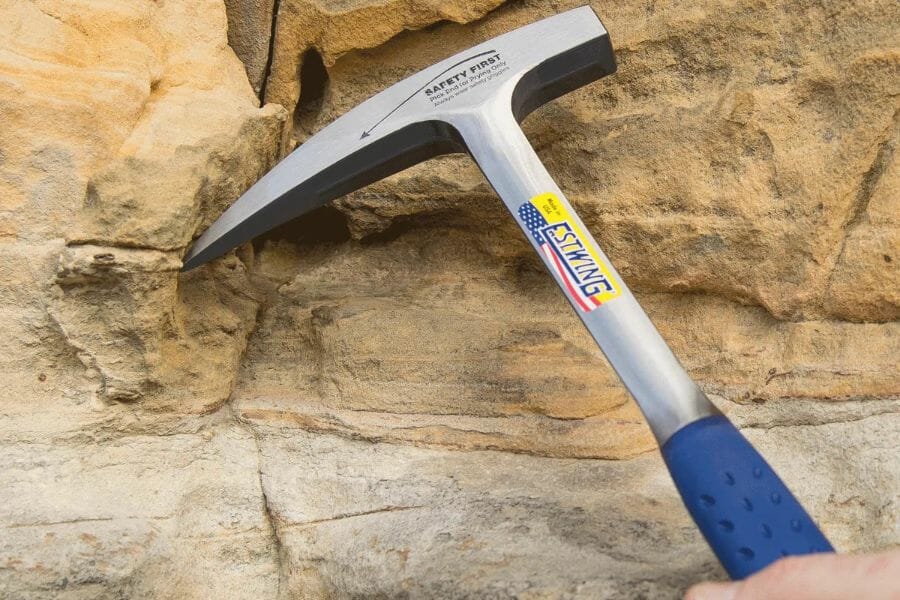
The tools every crystal hunter will need
When you're out looking for crystals having the right tools for the job is very important. You don't need a lot for most trips but there are a handful that are critical and will make your life a lot easier.
We get asked a lot about the equipment we use. Over the years we've found a handful of tools that we recommend to both new and experienced crystal miners which we outline in great detail in our complete rockhounding equipment guide. These are quality options that also happen to be relatively inexpensive.
Below are the basic tools that make your life so much easier and save you a ton of time. Check out the full guide to see everything we recommend bringing. One quick note, as an Amazon Associate I earn from qualifying purchases but we try very hard to only recommend gear we would use ourselves and often recommend brands you can't find on Amazon.
At a minimum you should have:
1 - Sturdy rock hammer: The Estwing Rock Pick is our standard
2 - Rugged chisels: Try Kendo' 3-piece Chisel Set
3 - Compact shovel: The Koleiya 28-inch shovel works well
4 - Rock screen pan: The Wazakura Soil Sieve Set fits the bill
5 - Eye protection: DeWalt Safety Glasses are cheap and comfortable
6 - Head protection: Malta's Safety Helmet has been our go-to
7 - Jewelers lens with at least 20x magnification: Jarlink's Jewelers Loop is perfect
The crystal-finding books that we use most
There are also a few books that have been extremely helpful in the search for gems. These books have great recommendations and tips:
National Audubon Society Field Guide to Rocks and Minerals: North America
Southeast Treasure Hunter's Gem & Mineral Guide
Earth Treasures: The Southeastern Quadrant
We provide links to find these tools on Amazon but some can also be found at your local hardware stores. For more recommendations check out the link to our full tool guide above.
The Mining Laws And Regulations You Should Know
North Carolina has regulations for recreational crystal hunting to ensure its protection for future generations.
Collecting rocks, minerals, and gemstones on state or federal lands without the North Carolina Department of Natural and Cultural Resources‘ permission is prohibited.
You can only collect limited rocks, minerals, and gemstones for personal use. The specific limit varies depending on the location and the type of material being collected, so it’s important to check the regulations for the area you are visiting.
It’s also important to leave the area as you found it. This means filling in any holes or pits you dug and leaving any natural features undisturbed.
- The extensive local experience and understanding of our team
- Input from multiple local crystal hunters and crystal collecting groups
- The accessibility of the crystal mining locations
- Safety and potential hazards when collecting
- Private and public locations
- A desire to include locations for both experienced crystal hunters and those who are just starting out
Using these weights we think we’ve put together the best list out there for those who love finding new crystals for our collections!
The Best Locations For Crystal Mining We’ve Found
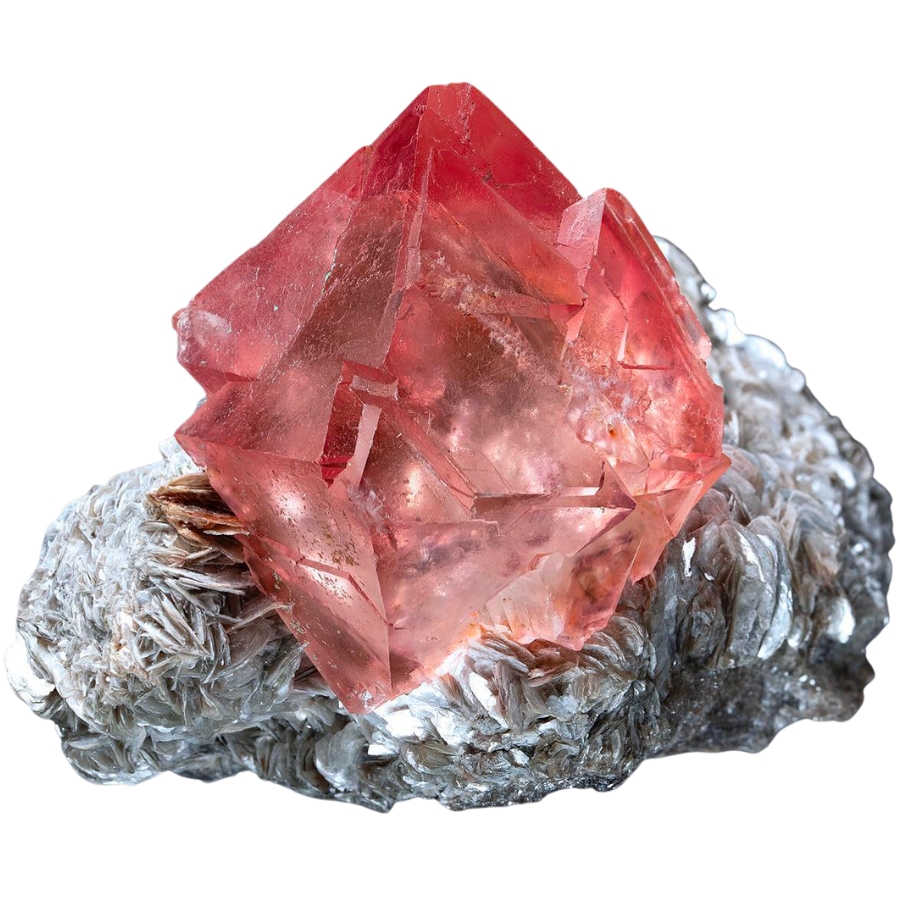
If you want to find crystals in our state, we highly recommend considering these locations first. We had the most success finding crystals in these areas, and we’re positive that you will, too.
Always Confirm Access and Collection Rules!
Before heading out to any of the locations on our list you need to confirm access requirements and collection rules for both public and private locations directly with the location. We haven’t personally verified every location and the access requirements and collection rules often change without notice.
Many of the locations we mention will not allow collecting but are still great places for those who love to find beautiful rocks and minerals in the wild without keeping them. We also can’t guarantee you will find anything in these locations since they are constantly changing.
Always get updated information directly from the source ahead of time to ensure responsible rockhounding. If you want even more current options it’s always a good idea to contact local rock and mineral clubs and groups
Pee Dee River
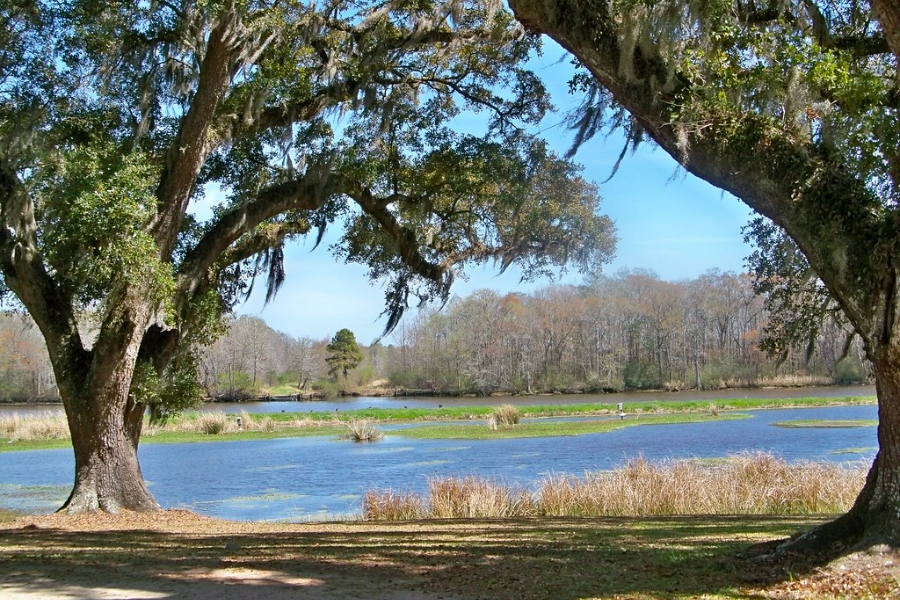
The Pee Dee River runs through the Uwharrie Mountains, a range as old as 500 million years. The area’s rich history in mining and gem hunting dates back to the 1800s.
The river’s course through the Uwharries means it’s surrounded by a diverse range of rocks and minerals. These mountains are primarily composed of metamorphic and igneous rocks, perfect for those seeking unique and valuable crystals.
The Pee Dee River is easily accessible from major cities like Charlotte and Raleigh. The best approach is to target public access points along the river, such as Morrow Mountain State Park or the Uwharrie National Forest.
Where we found crystals at the Pee Dee River
Exploring the tributaries and gravels of the Pee Dee River could give you a chance to find chalcedony and jasper.
Alexander County
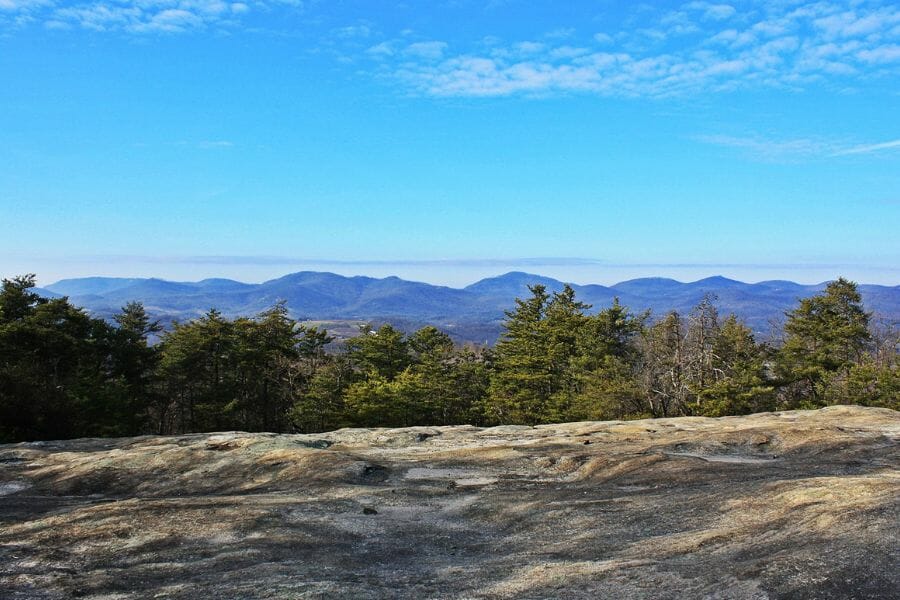
Packed with natural beauty and history, Alexander County is among the finest places where you can go gem hunting in North Carolina.
Geographically, it’s located in the western part of our state, in the foothills of the Blue Ridge Mountains. It’s known for its rolling hills, scenic countryside, and abundant natural resources. The county is also home to the Brushy Mountains, which are believed to be some of the oldest mountains in the world.
The area is rich in minerals, and it’s not uncommon to find beautiful specimens of quartz, amethyst, and other crystals while exploring its local mines and quarries. The Emerald Hollow Mine, located in Hiddenite, is one of the most popular places to hunt for gems and minerals.
Where we found crystals in Alexander County
Below are some of the best places where you can find crystals in this area:
- The mines in the Hiddenite area, including the Rist Mine and Museum, Dagenhart Mine, and Emerald Hollow Mine, contain beryl, emerald, garnet, quartz, smoky quartz, and tourmaline crystals.
- Aquamarines, beryls, emeralds, garnets, quartz, and tourmalines hide in loose soils around the town of Hiddenite and along the town’s creeks and rivers.
- Farms in the Hiddenite area, including Charles Payne farm, Warren farm, and Osborne-Lackey farm, have apatite, aquamarine, beryl, calcite, emerald, hiddenite, muscovite, pyrite, quartz, and tourmaline.
- The mine dumps of Hiddenite Mine at the Stony Point area contain emerald, smoky quartz, and black tourmaline crystals.
- You can find beryl, chalcopyrite, muscovite, quartz, and tourmaline crystals around the Taylorsville area at the Brushy Mountains and headwaters of the South Yadkin River.

The tools every crystal hunter will need
When you're out looking for crystals having the right tools for the job is very important. You don't need a lot for most trips but there are a handful that are critical and will make your life a lot easier.
We get asked a lot about the equipment we use. Over the years we've found a handful of tools that we recommend to both new and experienced crystal miners which we outline in great detail in our complete rockhounding equipment guide. These are quality options that also happen to be relatively inexpensive.
Below are the basic tools that make your life so much easier and save you a ton of time. Check out the full guide to see everything we recommend bringing. One quick note, as an Amazon Associate I earn from qualifying purchases but we try very hard to only recommend gear we would use ourselves and often recommend brands you can't find on Amazon.
At a minimum you should have:
1 - Sturdy rock hammer: The Estwing Rock Pick is our standard
2 - Rugged chisels: Try Kendo' 3-piece Chisel Set
3 - Compact shovel: The Koleiya 28-inch shovel works well
4 - Rock screen pan: The Wazakura Soil Sieve Set fits the bill
5 - Eye protection: DeWalt Safety Glasses are cheap and comfortable
6 - Head protection: Malta's Safety Helmet has been our go-to
7 - Jewelers lens with at least 20x magnification: Jarlink's Jewelers Loop is perfect
The crystal-finding books that we use most
There are also a few books that have been extremely helpful in the search for gems. These books have great recommendations and tips:
National Audubon Society Field Guide to Rocks and Minerals: North America
Southeast Treasure Hunter's Gem & Mineral Guide
Earth Treasures: The Southeastern Quadrant
We provide links to find these tools on Amazon but some can also be found at your local hardware stores. For more recommendations check out the link to our full tool guide above.
Mountain Mine
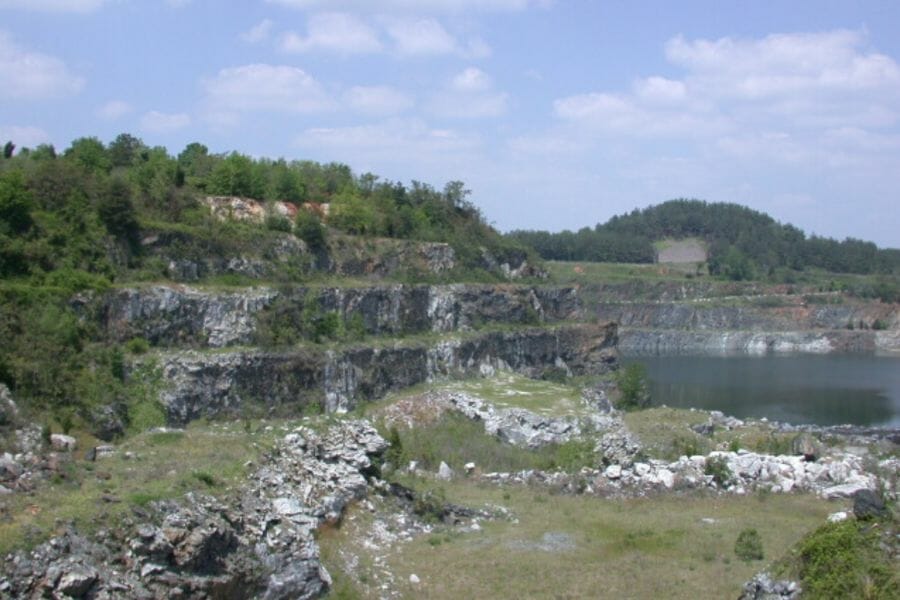
Cleveland County, NC
Mountain Mine is famous for producing some of the world’s finest specimens of quartz crystals. It’s a popular tourist attraction, drawing visitors to explore and discover the treasures hidden beneath it.
This mine is situated in the Blue Ridge Mountains, known for its rich mineral deposits. The area is home to various minerals, including feldspar, mica, and quartz.
The quartz crystals found in Mountain Mine are known for their clarity, size, and unique formations, making them highly prized by collectors and enthusiasts.
Where we found crystals at Mountain Mine
The Mountain Mine is abundant in galena, garnet, muscovite, pyrite, tourmaline, and quartz crystals around its vicinity. If you’re wondering how much crystal is worth, you can read our article with all the information you need about crystals.
Town of Franklin
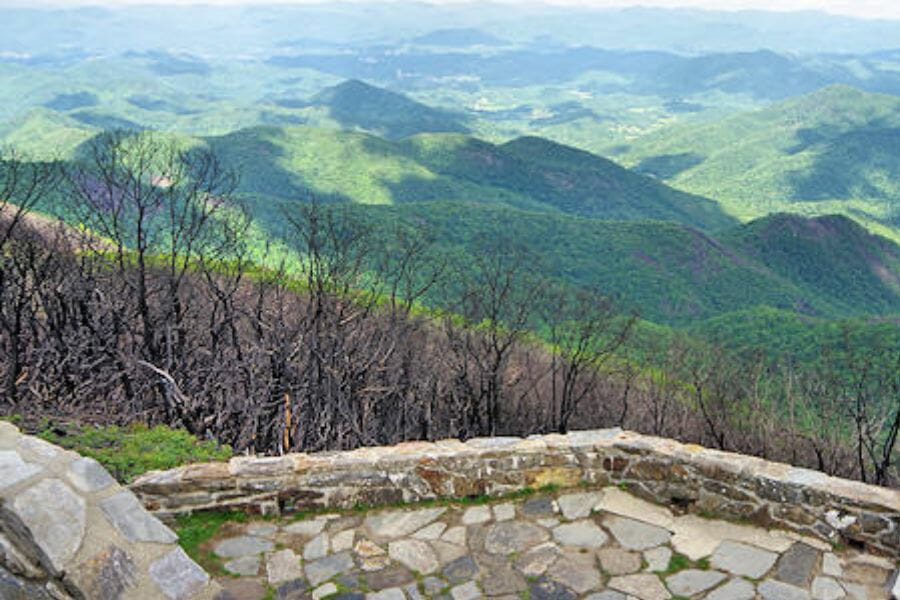
Macon County, NC
Founded in the early 1800s, the town of Franklin was named after Benjamin Franklin, and it played a key role in the region’s development as a center for mining and agriculture. Today, it’s known for its picturesque downtown area, vibrant arts scene, and proximity to some of the best outdoor recreation opportunities in our state.
It’s situated in the heart of the Nantahala National Forest, known for its rugged terrain and abundant natural resources. It’s also famous for its mineral deposits, which include some of the most beautiful specimens of rubies and sapphires in the world.
Where we found crystals in the Town of Franklin
The area mines prospect and diggings around Franklin offer various stunning crystals, including amethyst, epidote, garnet, jasper, kyanite, quartz, rhodochrosite, ruby, and sapphire.
Ray Mica Mine
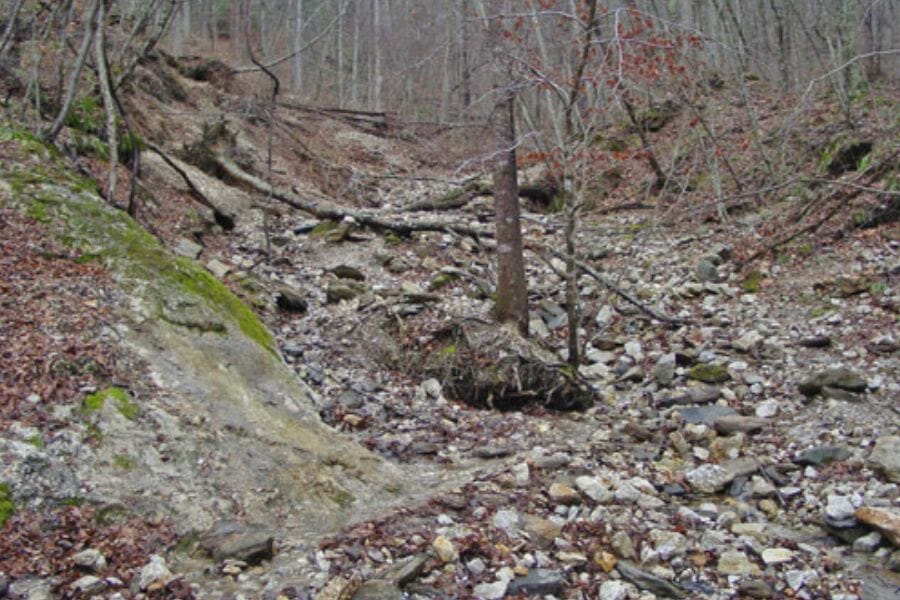
Yancey County, NC
The Ray Mica Mine is a historic site that has played an important role in our state’s mining industry. It was first opened in the early 1900s and was known for its mica production, which was used in various industrial applications.
This mine is situated in the Blue Ridge Mountains, known for its rich mineral deposits. It’s home to various rocks and minerals, including some of the world’s largest and most impressive specimens of mica.
If you pay a visit here, the mine offers guided tours that will allow you to explore the tunnels and discover the beauty of its crystals up close. The area around the mine is also home to many other natural wonders, including waterfalls, hiking trails, and scenic overlooks.
Where we found crystals at the Ray Mica Mine
Ray Mica Mine is a source of amazonite, apatite, aquamarine, beryl, emerald, fluorite, garnet, kyanite, muscovite, smoky quartz, sunstone, and tourmaline.
Spruce Pine
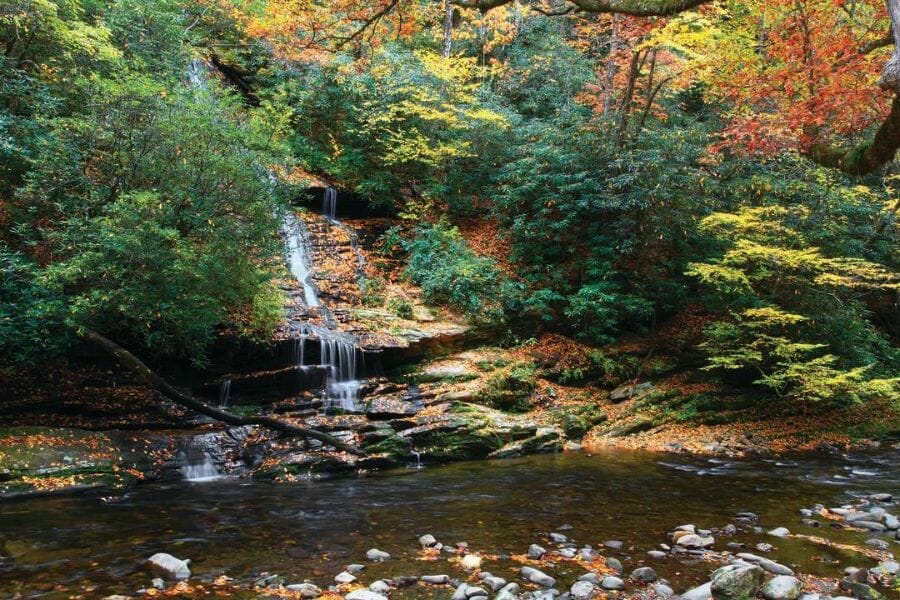
Spruce Pine is a small town with a big reputation for its mineral resources. It was founded in the late 1800s and was named after the abundant spruce trees that once grew there.
Throughout its history, Spruce Pine has been a center for mining and agriculture, and it’s still known today for its rich deposits of minerals and gems. When you get here, you can look for different types of crystals and other gems in its numerous mines and quarries.
Where we found crystals at Spruce Pine
We had the best luck locating crystals like amazonite, aquamarine, beryl, emerald, garnet, and moonstone at several mines around Spruce Pine.
My Other Favorite Places For Crystal Hunting
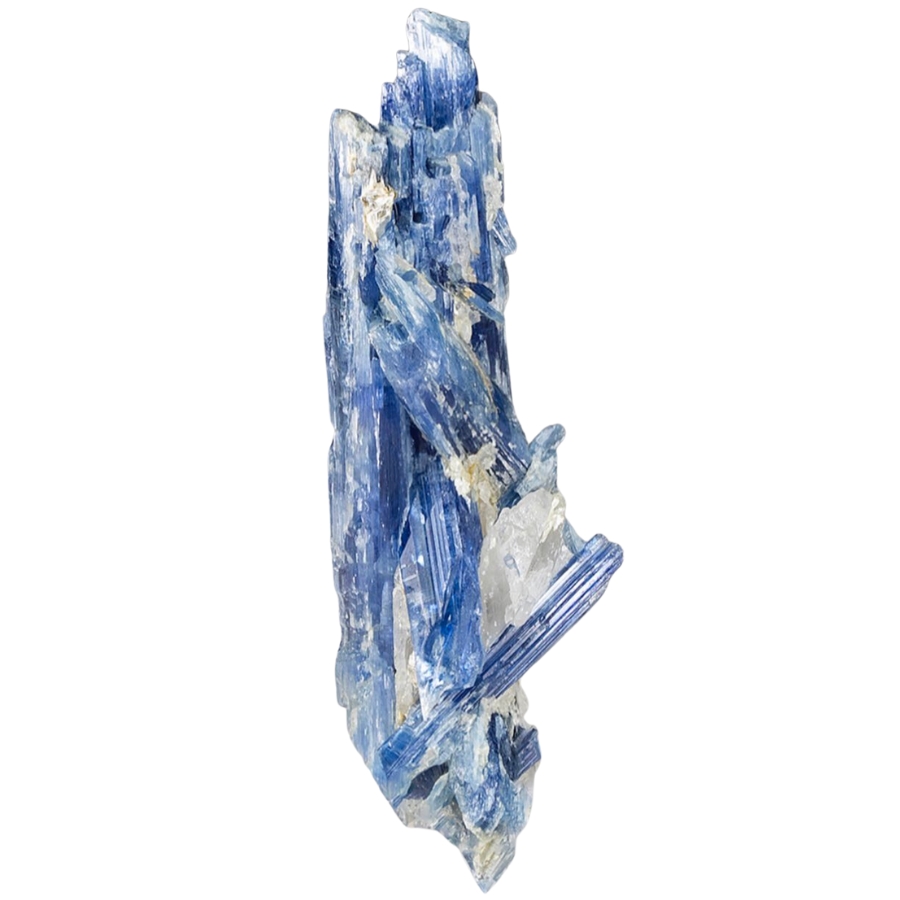
Aside from crystals, you can also find geodes in North Carolina. But if your eyes are on the crystals alone, there are other options besides the specific places we’ve recommended above.
Where you can find crystals for free
Here are the outstanding sites where you can search and dig for crystals without paying anything:
| County | Location |
| Alamance | General county wide surfaces for serpentine |
| Alamance | The area fields, cuts, streams, and loose in soils at a farm in Burlington for quartz |
| Ashe | Creeks, rivers, and pegmatites at Blue Ridge for chalcopyrite, epidote, garnet, muscovite, and black tourmaline |
| Avery | The Bill Burleson farm at Elk Park for moonstone |
| Buncombe | In gravels of Crane Creek and Reams Creek for calcite, garnet, and hematite |
| Buncombe | At the Lookout Mountain area, Pisgah Mountain, and Dude Ranch for chrysoprase, kyanite, and sapphire |
| Burke | In the area of High Peak and gravels of Hall and Silver Creek for epidote, diamond, garnet, hematite, and tourmaline |
| Cabarrus | The area stream gravels and fields of Harrisburg for agate, carnelian, and chalcedony |
| Catawba | Hooper’s Quarry for calcite and pyrite |
| Chatham | At the Bear Creek for azurite, calcite, chalcopyrite, chrysocolla, galena, malachite, and pyrite |
| Cherokee | At the areas of Hanging Dog Creek and Vengeance Creek for agate, epidote, jasper, and smoky quartz |
| Clay | The Amphibole area exposures and Penland Bald area for garnet, ruby, and sapphire |
| Cumberland | Stream gravels and alluvials deposits, excavations, road cuts, gravel pits, and road cuts throughout the county for agate, chalcedony, jasper, and opal |
| Davidson | Conrad Hill Mine and Silver Hill for calcite, chalcopyrite, galena, malachite, and hematite |
| Gaston | Along Little Beaver Dam and Beaver Dam creek for apatite, beryl, garnet, pyrite, quartz, and tourmaline |
| Iredell | Statesville area for agate, amethyst, citrine, quartz, sapphire, and tourmaline |
| Macon | In gravels of Burningtown Creek for sapphire |
| Stokes | Area stream gravels of Danbury for agate, amethyst, carnelian, chalcedony, jasper, hematite, and opal |
| Warren | Fowler Farm for beryl, lepidolite, and quartz |
| Watauga | Elk Knob for azurite, calcite, garnet, epidote, malachite, and pyrite |
Some crystals share lots of traits that make them harder to tell apart, so we’ve created an article you can use to distinguish between crystals that can easily be mixed up:
Other great places to dig for crystals
If you don’t mind spending a dollar to find crystals, here are some of the locations you might want to consider exploring. Be aware that their prices may change depending on the season.
| County | Location |
| Alleghany | Bullhead Mountain area mines and Peach Bottom mine dumps for chalcopyrite, galena, malachite, and pyrite |
| Ashe | Copper Knob Mine, Duncan Mica Mine, Ore Knob, South Hardin Mica Mine, and Walnut Knob Minefor aquamarine, beryl, calcite, chalcopyrite, chrysocolla, epidote, hematite, malachite, muscovite, and pyrite |
| Avery | Birch Mine, Cranberyy Iron Mine, Elk Mica Mine, Meadows Mine, Old Elk Mine, and Plumtree Mine for epidote, garnet, hematite, kyanite, moonstone, and unakite |
| Buncombe | Blue Ridge Parkway and Goldsmith Mine for aquamarine, chalcedony, garnet, kyanite, and moonstone |
| Burke | Area mines of Brown Mountain, Scott’s Hill, Shoup’s Ford, South Mountain, Sugar Mountain, Tremont Mountain, and Walker’s Knob for aquamarine, beryl, chrysoprase, diamond, epidote, fluorite, garnet, hematite, kyanite, pyrite, quartz, smoky quartz, and tourmaline |
| Cabarrus | Cullin’s Mine, Harkey Mine, Rocky River Mine, and many area mines in the county for agate, azurite, chalcopyrite, galena, malachite, pyrite, quartz, rhodochrosite, and tourmaline |
| Cleveland | Foote Mineral Co. Mine, Mauney Carpenter Mine, and Norman Mine for apatite, beryl, calcite, garnet, moonstone, quartz, rhodochrosite, and tourmaline |
| Davidson | Silver Valley Mine for chalcopyrite, galena, and pyrite |
| Guildford | Gardner Mine and Mills Hill Mine for chalcopyrite, chrysocolla, hematite, malachite, and pyrite |
| Henderson | Freeman Mine for apatite, epidote, and garnet |
| Jackson | Sheepcliff Mineand Wolf Creek Mine for aquamarine, beryl, chalcopyrite, chrysocolla, garnet, malachite, and quartz |
| Michell | Buchanan Mine and Sinkhole Mine for apatite, beryl, garnet, kyanite, and muscovite |
| Yancey | Young’s Mine for garnet, muscovite, pyrite, serpentine, and tremolite |
The Best Crystal Shops In The Area
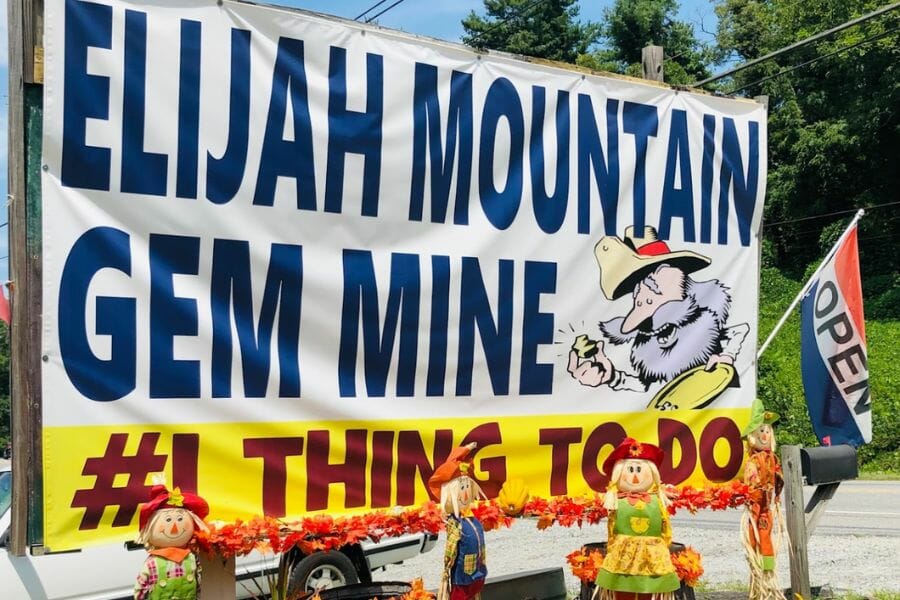
If you prefer to purchase specific crystals that will complete or provide more variety to your collection, we’ve listed some of our favorite crystal shops:
- Chimney Rock Gemstone Mine – 397 Main St, Chimney Rock, NC 28720, United States
- Cosmic Cuts – 1109 S Wesleyan Blvd, Rocky Mount, NC 27803, United States
- Crystal Mountain Gem Mine – 31 S Broad St, Brevard, NC 28712, United States
- Elijah Mountain Gem Mine – 2120 Brevard Rd, Hendersonville, NC 28791, United States
- Gem Avenue – 400 E Arrowhead Rd, Charlotte, NC 28213, United States
- Gem Mountain Gemstone Mine – 13780 Highway 226 South, Spruce Pine, NC 28777, United States
- Mineralogy at Triangle – 5959 Triangle Town Blvd #2055, Raleigh, NC 27616, United States
- Points of Light Crystal and Mineral Gallery – 391 Merrimon Ave, Asheville, NC 28801, United States
- Stoneage Natural Rocks and Crystals – 419 Cross Creek Mall Unit TA-02D, Fayetteville, NC 28303, United States
- Treasure Quest Mining – 414 Upchurch St, Apex, NC 27502, United States
Additional places to find crystals in nearby states
If you’ve already tried all of our recommendations above or are planning a trip out of the state, you should check out our guides for neighboring states:
If you have any recommendations we haven’t covered please leave them in the comments below!

